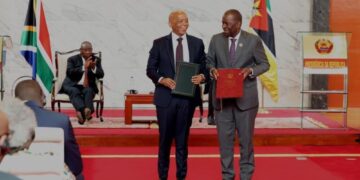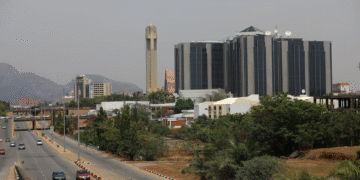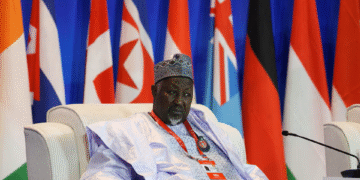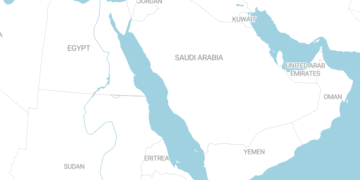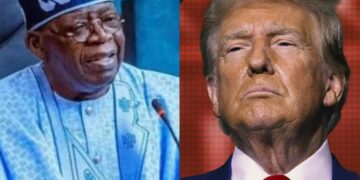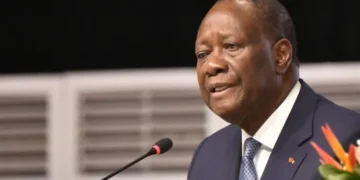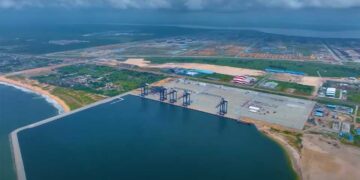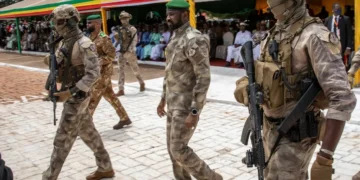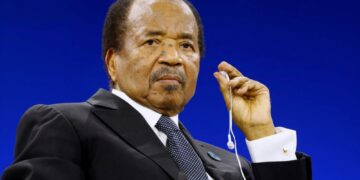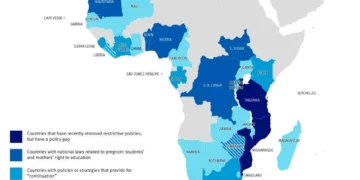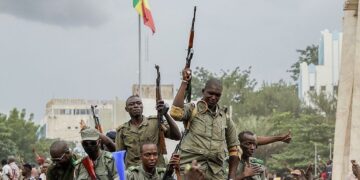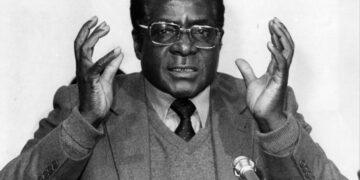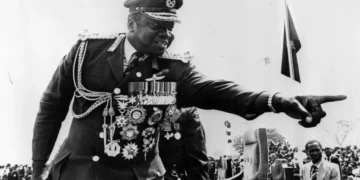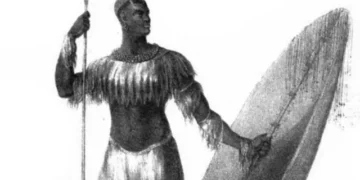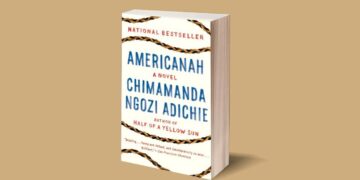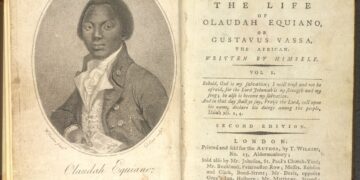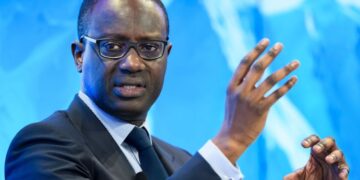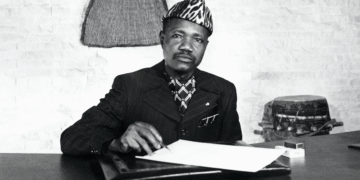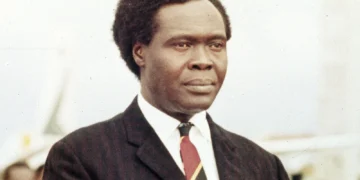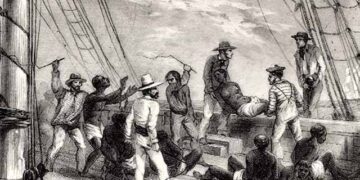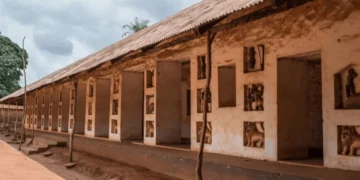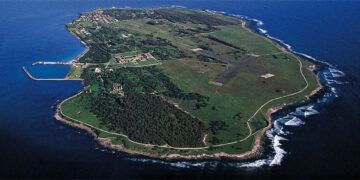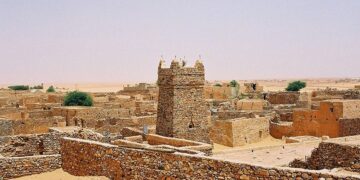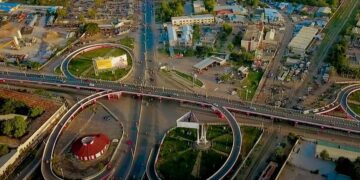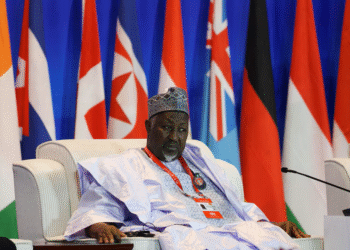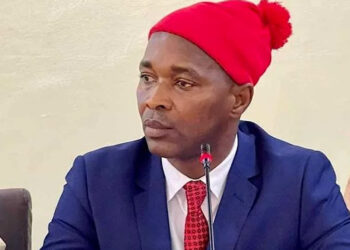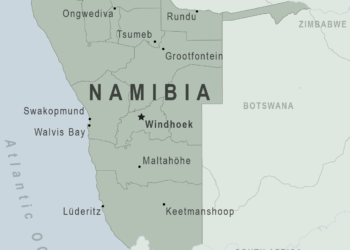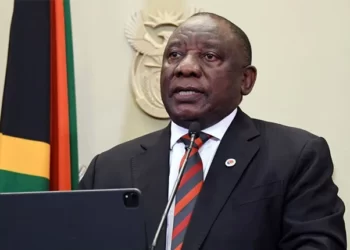Thomas Joseph Odhiambo Mboya, better known as Tom Mboya, was one of the most prominent figures in Kenyan history in the 20th century. He was an influential trade unionist, a prominent nationalist, and a visionary government minister who played a pivotal role in Kenya’s struggle for independence and in shaping the country’s trajectory in its early years. His career, marked by a rapid rise, exceptional organizational skills, and sharp political pragmatism, ended abruptly with his assassination in 1969, an event that left a lasting void in the Kenyan political landscape. This article provides an impartial overview of Tom Mboya’s life, career, and legacy, tracing his evolution from a young health inspector to a figure of international stature.
Tom Mboya was born on August 15, 1930, in Ol Donyo Sabuk, located in an area predominantly inhabited by the Kikuyu people. Although he was born in this region, his family was Luo from Rusinga Island on Lake Victoria. This multi-ethnic upbringing gave him a broader perspective that transcended the narrow ethnic politics that characterized much of Kenyan politics later on. His origins were humble; his father was a sisal farm laborer.
Mboya received his early education at various Catholic mission schools, where he displayed early intelligence and ambition. His academic excellence led to his admission to the prestigious Mango High School and then to Alliance High School, considered the pinnacle of education for Africans in Kenya at the time. After completing his secondary education, he enrolled at Jeans School and trained as a health inspector, graduating in 1950. He then took a position with the Nairobi City Council.
His educational pursuits did not end there. In 1955, he won a scholarship from the British Trades Union to study at Ruskin College, Oxford University. There, he studied industrial economics and political science, an experience that honed his intellectual skills, broadened his international outlook, and exposed him to social-democratic ideas and the British labor movement.
Mboya’s entry into public life came through the trade union movement. While working as a health inspector in Nairobi, he quickly became involved in civil service politics. In 1951, he joined the African Municipal Workers Union and quickly became a leading figure due to his eloquence and organizational skills. At just 23 years old, he was elected General Secretary of the Kenya Local Government Workers Union (KLGWU).
His rise came at a pivotal time in Kenya’s history. In 1952, the colonial administration declared a state of emergency in response to the Mau Mau uprising. Major African political parties, including the Kenya African Union (KAU), were banned, and their leaders, including Jomo Kenyatta, were arrested. In this political vacuum, trade unions emerged as one of the few permitted outlets for African political organization.
Mboya exploited this opportunity brilliantly. He united a number of small unions under the umbrella of the Kenya Federation of Labour (KFL) and became its General Secretary in 1953. Under his leadership, the KFL not only fought for better wages and conditions for workers, but also became a powerful platform for expressing national aspirations. Mboya used the KFL to petition the colonial government, highlight grievances, and maintain pressure for political representation for Africans. His effective leadership of the KFL earned him national and international acclaim, particularly among labor organizations in Britain and the United States.
As the State of Emergency eased, Mboya transitioned seamlessly from union leadership to national politics. In 1957, he ran for the first direct election of African members of the colonial Legislative Council (LegCo) and won a seat in the Nairobi constituency. In the LegCo, he quickly emerged as one of Africa’s most prominent and accomplished legislators, consistently challenging the discriminatory policies of the colonial administration and advocating for majority rule.
Shortly after his election, Mboya formed his own political party, the Nairobi People’s Congress Party (NPCP). However, he recognized the need for a united national front. In 1960, he played a pivotal role in the formation of the Kenya African National Union (KANU), the party that would lead Kenya to independence. He was elected Secretary-General of the party, a position he held until his death. This period witnessed internal political competition, particularly between Mboya and Oginga Odinga, for influence within the party and determining its ideological direction.
Mboya was also a key figure in constitutional negotiations with the British government. He participated in the Lancaster House Conferences in London, where the framework for Kenya’s independence was established. His negotiating skills and deep understanding of constitutional law contributed significantly to the drafting of Kenya’s independence constitution.
Mboya was a figure of international stature, establishing strong relationships with leaders in Africa, Europe, and North America. A staunch believer in African unity, in 1958, at the age of 28, he chaired the All-African People’s Conference in Accra, Ghana, at the invitation of Kwame Nkrumah. This event cemented his status as one of the continent’s leading young leaders.
However, one of his most notable achievements on the international stage was organizing the “airlift” of Kenyan students to the United States. Recognizing that an independent Kenya would need a pool of educated professionals to govern its affairs, Mboya worked tirelessly to secure scholarships for talented Kenyan students to study at American universities. Through the African American Student Foundation, and in collaboration with American figures such as John F. Kennedy and Martin Luther King Jr., Mboya organized several charter flights that transported hundreds of students to the United States between 1959 and 1961. Among the beneficiaries of this initiative was Barack Obama Sr., the father of the 44th US President. This initiative demonstrated Mboya’s ability to mobilize international support and achieve tangible results.
Following Kenya’s independence on December 12, 1963, Tom Mboya became a key member of President Jomo Kenyatta’s cabinet. He initially served as Minister of Justice and Constitutional Affairs, overseeing Kenya’s legal transition to a republic in 1964.
However, it was his role as Minister of Economic Planning and Development from 1964 until his death that left the greatest impact. In this position, Mboya was the principal architect of Kenya’s post-independence economic policy. His most notable achievement was the drafting and publication of Circular No. 10 of 1965, titled “African Socialism and Its Application to Planning in Kenya.”
Despite its title, the document was a pragmatic rather than ideological economic blueprint. It rejected the sweeping nationalization and Marxist policies adopted by some neighboring African countries, such as Tanzania. Instead, it advocated for a mixed economy, combining public and private enterprises, and encouraged foreign investment as a means of stimulating growth. The document emphasized the need to utilize available resources efficiently, promote economic growth, and gradually “Africanize” the economy by supporting local entrepreneurs. This document laid the foundation for Kenya’s capitalist development model, which set it apart from many of its neighbors and determined its economic trajectory for decades to come.
On July 5, 1969, Tom Mboya was shot and killed in broad daylight on a Nairobi street as he left a pharmacy. He was just 38 years old. His assassination sparked shock and outrage throughout Kenya and beyond. A Kikuyu man named Nahashon Isaac Nenga Njoroge was arrested, convicted, and sentenced to death for the murder. During his trial, Njoroge reportedly asked, “Why don’t you go after the big man?”, fueling widespread speculation that the assassination was politically motivated and that Njoroge was merely a pawn. The identity of the “big man” has never been conclusively established, and conspiracy theories about the assassination persist to this day.
Mboya’s assassination sparked riots and inflamed ethnic tensions between the Luo and Kikuyu peoples, exposing deep fault lines in Kenyan politics. Mboya, a Luo, was seen as the leading contender to succeed the aging President Kenyatta, a Kikuyu. His assassination is widely believed to have been aimed at removing a powerful political rival and paving the way for a Kikuyu succession.



